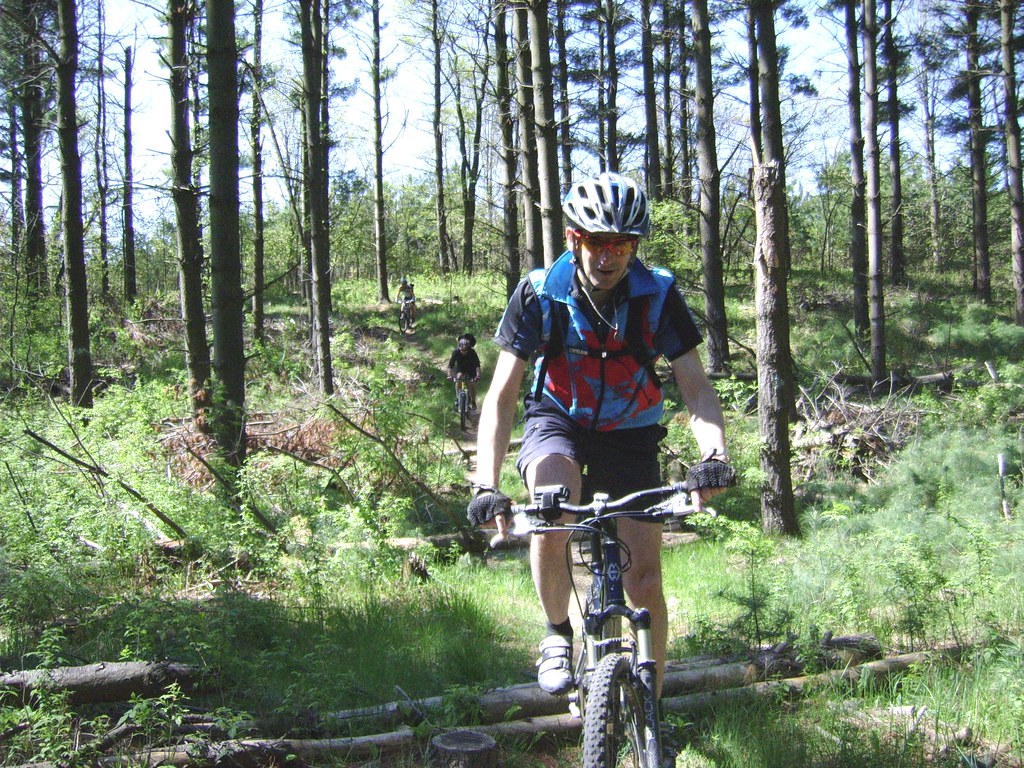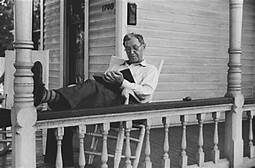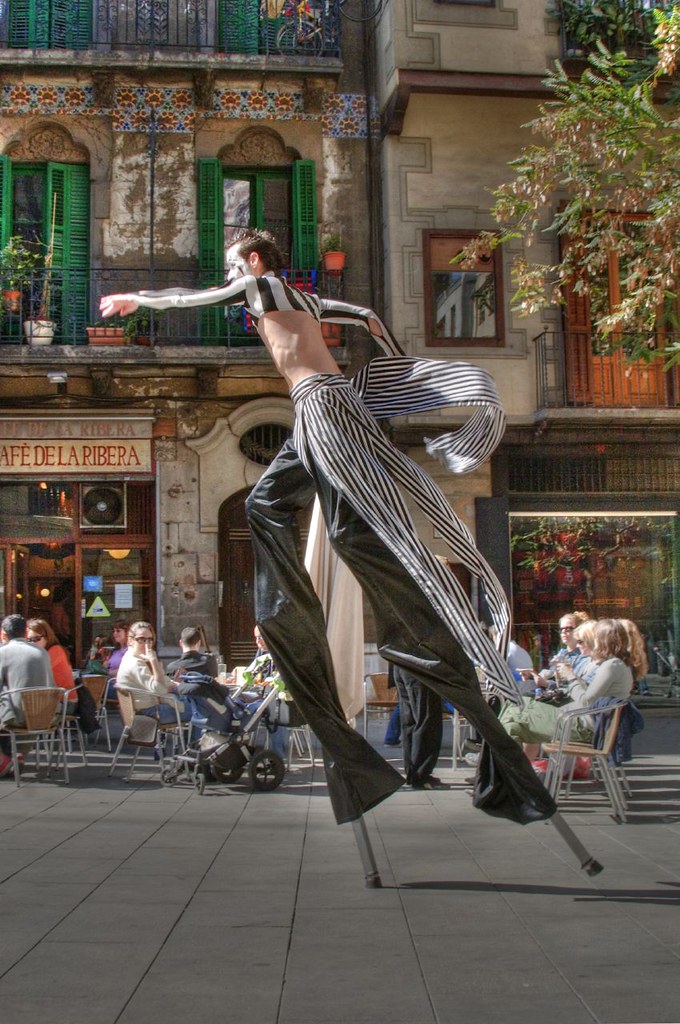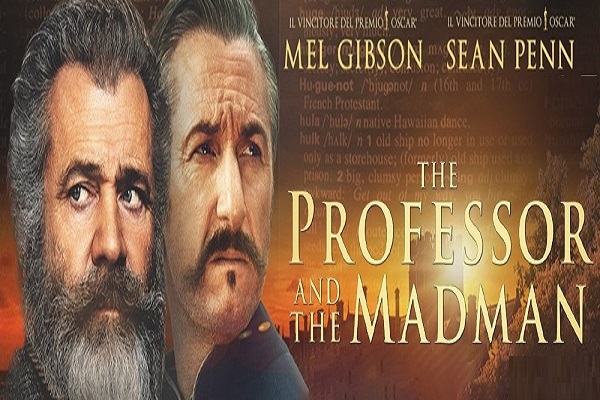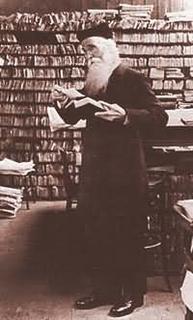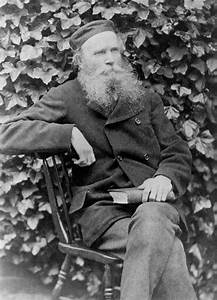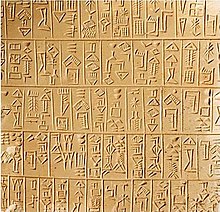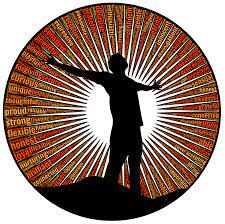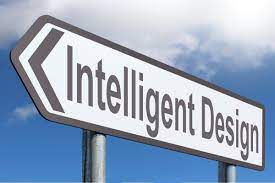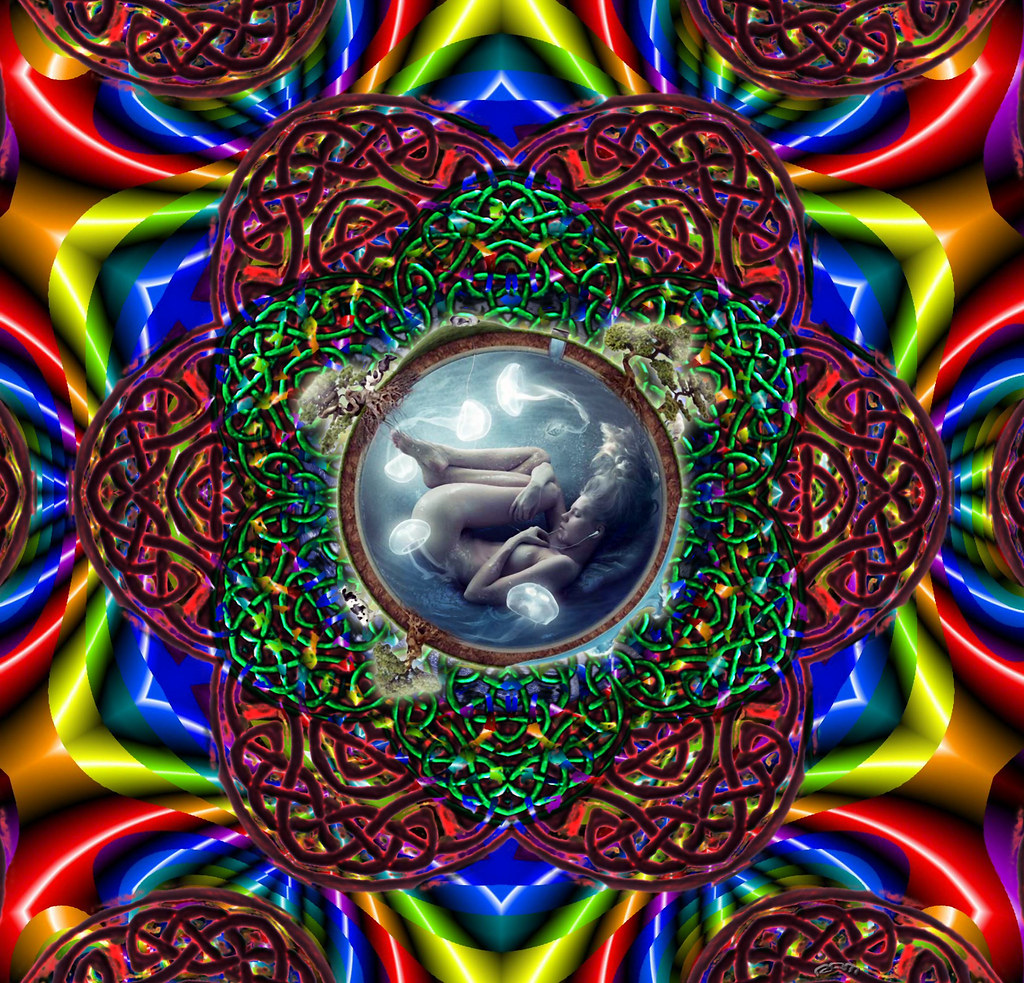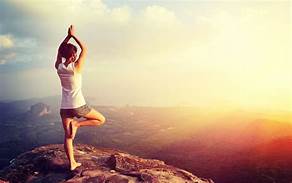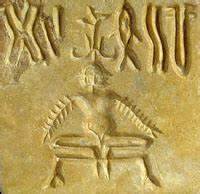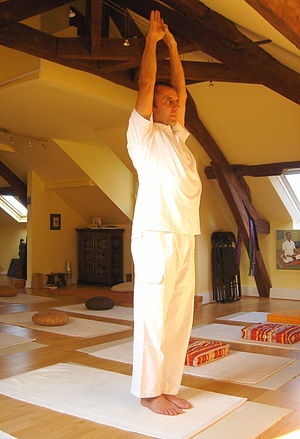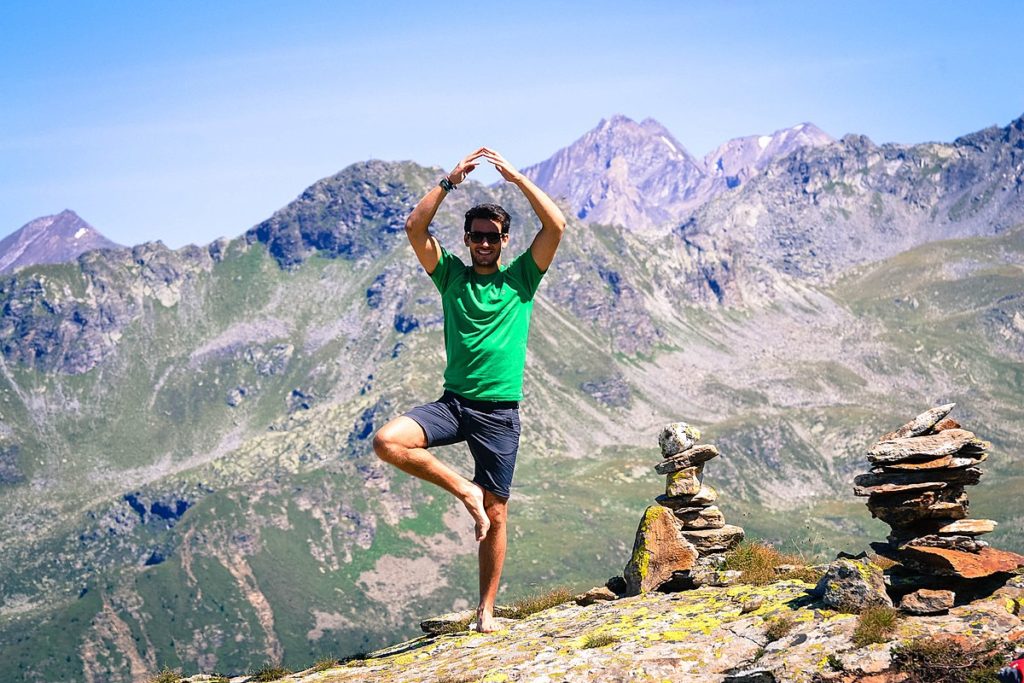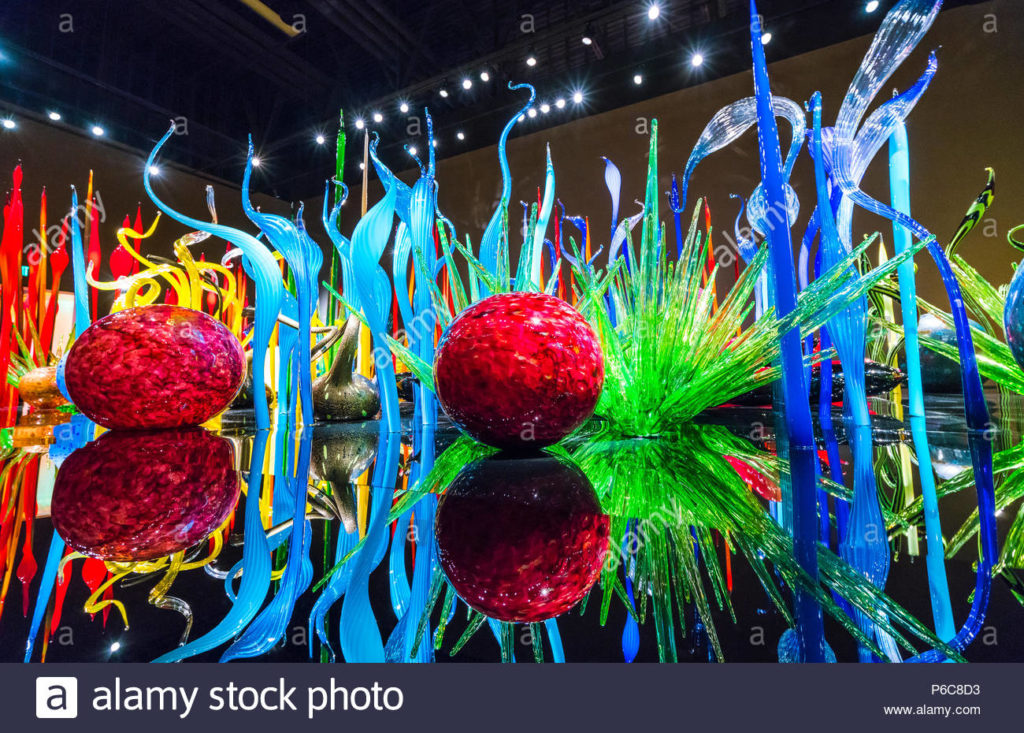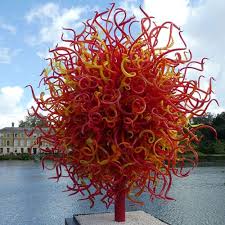
Buddha left us with The First Noble Truth. He acknowledged there is suffering in life. It’s evident that some form of suffering is present throughout much of the lives of us mortals. From quiet longing for better conditions for ourselves or others to dealing with intense physical pain, suffering has a way of finding us.
Knowing how to handle suffering is a necessity if we want to make it through a day, let alone a work week, a season or a lifetime. There have been volumes written on the subject in one form or another. I’ll pull out a few references that will impart some wisdom, but I’ll share my own experience and views here because it’s what is most real to me. The main point of all this is to shine some light on how to relieve suffering, mainly the kind generated by the mind.
The Problem With Suffering
We tend to hate suffering. We try to avoid it, spend years setting up our lives to prevent it, investing considerable suffering along the way as a hedge against experiencing it in the future. “Life is what happens to you while you’re busy making other plans,” John Lennon said. Some of us immerse ourselves in it, giving up and acknowledging it. This wouldn’t be the worst thing if a person was embracing it in a healthy way. Unfortunately, the immersion method of dealing with suffering means agony.
The problem, as I see it, is we stick ourselves to suffering. Working in a job you dread doing because you’re working toward a big payday or retirement at the end of your life is a way of attaching yourself to the suffering in exchange for a later reward. Living in an unhappy relationship, suffering through without working on it and creating it in a positive way, is sacrificing your life for something you may not even envision. Sinking into an apathetic acceptance of our ongoing failures will bring us a lifestyle of suffering.
Well, we don’t have to suffer. At least, we don’t have to suffer endlessly. Life does bring us challenges, setbacks and tragedy. However, we suffer from these only if we take them on in a suffering frame of mind. We can moan our way to the end of time if we choose. Or not.
To Rise Above

In my recent yoga studies, I came across a prayer/affirmation I have found helpful in dealing with mental suffering. I state it repeatedly as written by Yogananda. “When fear or anger or any kind of suffering comes to me, I will view it as a spectator. I will separate myself from my experiences. At all costs, I will endeavor to retain my peace and happiness.” This is similar to a recommendation given by a counselor/minister friend of mine who suggested confronting this kind of suffering by looking at it objectively and thinking of it as interesting. These both can release a person from the grip of the obsessed mind.
In the book titled The Art of Happiness, written by the Dalai Lama and Howard C. Cutler, an approach to human suffering is given. “The biggest problems in our lives are the ones that we inevitably have to face, like old age, illness, and death. Trying to avoid our problems or simply not thinking about them may provide temporary relief, but I think that there is a better approach. If you directly confront your suffering, you will be in a better position to appreciate the depth and nature of the problem. If you are in a battle, as long as you remain ignorant of the status and combat capability of your enemy, you will be totally unprepared and paralyzed by fear. However, if you know the fighting capability of your opponents, what sort of weapons they have and so on, then you’re in a much better position when you engage in the war. In the same way, if you confront your problems rather than avoid them, you will be in a better position to deal with them.”
I now quote the book Buddhist Reflections on Everyday Life by Paramananda. “According to Buddhism, when we suffer, a possibility opens up, a crack appears in the habitual pattern of our lives. As with all opportunities, we then have a choice–we either enter our experience or do what we can to avoid it.
“Meditation is a means by which we can enter more fully into our experience and, by doing so, deepen our understanding of it, and eventually move through it. When meditation is used just as a relaxation, to reduce suffering by avoiding it, it becomes a kind of spiritual aspirin taken to relieve the symptoms, rather than facing up to the deep-rooted patterns that lead to stress and unhappiness.”
I want to make one clarification to remove any idea there’s a contradiction in what I’m presenting. Separating ourselves from our experiences can be done while entering “more fully into our experience.” In both cases, we can be calmly and objectively looking upon our suffering and the cause of it, not being all wrapped up in it and by it.
Singin’ in the Rain
By using these techniques, we can virtually smooth out those rough patches in the road. We know the bumps are there, but we ride over them without bouncing around in pain and misery.
